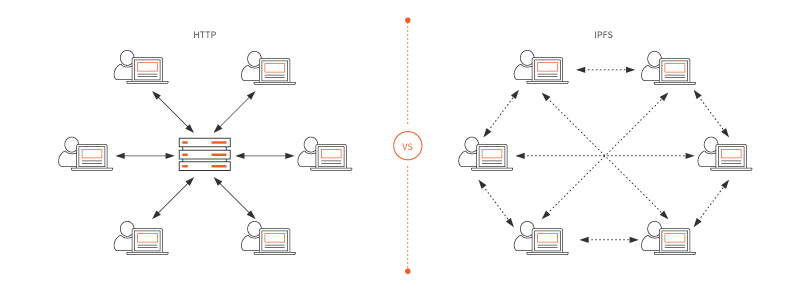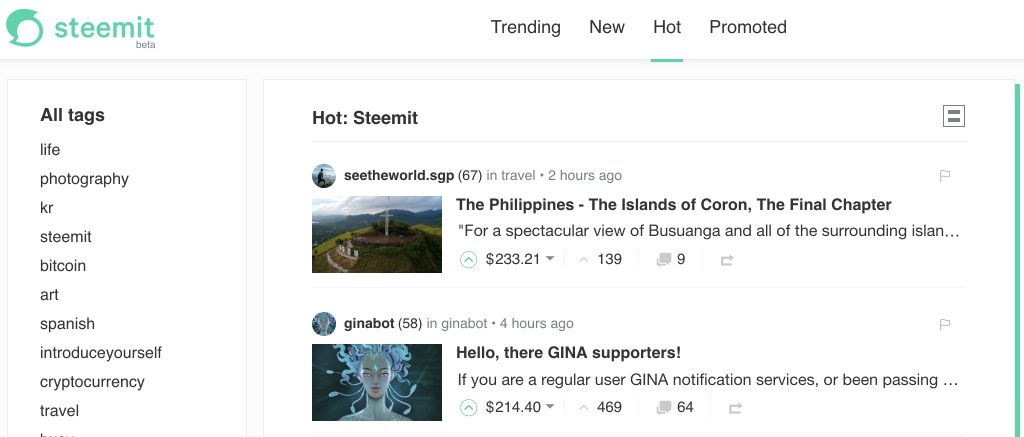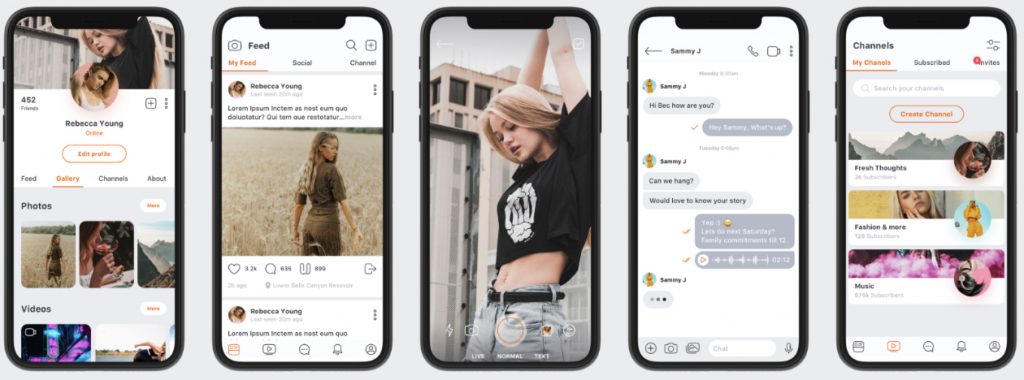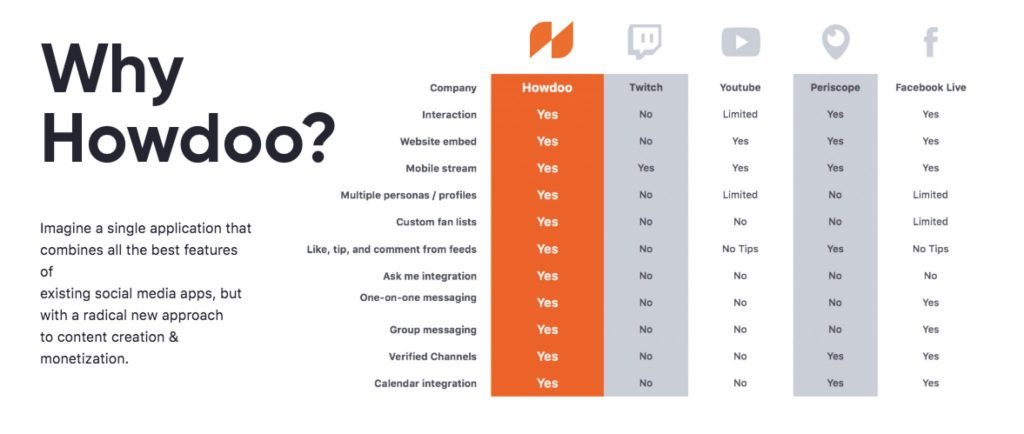How the Blockchain will change the face of Social Media in 2019.

Like me I’m sure you have you felt the tension building across social media recently. In order to look forward to 2019, we should take a pause and look back at 2018.
What went wrong with Social Media in 2018? And why do people want something new?
Well, where should I start?
2018 was a wash of click-bait, fake news, spam user farms hacking public opinion and general all-around mistrust and declining satisfaction. Popular movements such as #deletefacebook (although it’s interesting to see that a lot of posts about deleting Facebook were actually on Facebook – “on no, please don’t go” cry their audience!) grab the headlines, debates about ‘self love’ v narcissism are rife with the new wave of ‘influencers’, and we’ve faced a series of quite nasty data breaches.
Put on top of this Brands vying for attention treat Social Media like it’s TV, and are competing with short-form content engagement garnered through polarising headlines. I’m sure we can all feel the dumbing down of most social content, and the lack of content in the middle and almost no balanced debate.
Your opinion does not trump my fact. Fact.
With Facebook especially, anyone that’s spent years and a marketing budget building a community on the site will be seriously annoyed at the ever decreasing organic engagement on their pages, leading to the requirement to pay to promote almost every post if you want your fans and followers to see what you are saying.
It’s the perfect storm of dissatisfied users and marketers. People want something different. Trust is quickly evaporating. So that leads me to the first question, what is the alternative?
Where does the Blockchain come in?
Of course, I’m not predicting the death of Facebook, Instagram or Twitter in this post anytime soon. But I do think people will continue to look for an alternative, so getting first mover advantage on anything new is a great, well, advantage.
As we’ve seen in 2018 with the swing back to Reddit and the emergence of Telegram for focussed communications people are actively seeking somewhere new to hang out online.
What I believe people want (in no particular order) is;
- Increased functionality. And certainly live, and mobile friendly.
- Security. More faith in my data, especially my identity and financial information.
- Control. Who can access my data and for what purpose?
- Accountability. Make the trolls show themselves.
- Human to Human interaction. How can people engage with me.
and if you are a content creator…
- Monitise my content/channel. Either through accepting direct payments or tips from fans, or having greater control (and perhaps a bigger cut) on ads from brands.
One of the challenges that all of the mainstream social media companies face, is that they all have the same centralised behemoth of a database and app infrastructure to contend with. From 2010, Facebook even started to develop its own datacenter to cope with the volume.
Security aside, all of this has to be paid for, and as social media use is free, the networks have to find more and more innovative ways to fund the infrastructure. Remember, you are using something for free – you are not the customer, you’re the product.
And as we know – technology moves on. From TCP/IP in 1983, to HTTP in 1991 to IPFS and the Blockchain today. This isn’t going to be a technical piece on HTTP v IPFS, although this image shows it’s set up nicely.

So is it any surprise that our current mainstream social networks are struggling considering they are based on 20-year-old technology? Not really. I’m sure you can appreciate that the devices at the endpoints are getting more and more powerful, yet old HTTP technology requires a server in the middle, so your $1k+ iPhone just becomes a window into the system, and it could be so much more.
2018 did see the start of a new wave of Social Platforms that are being built on the Blockchain.
The first one I came across last year is a blogging platform called Steemit. The exciting thing is that its built on its own blockchain and integrates a token to allow ‘tipping’ of content creators. It’s really just a blog (although it has a sister site called Dtube which is for video – like Youtube but decentralised – hence DTube), and it has a very basic look and feel and it doesn’t have many features, but it’s a brilliant proof of concept. Even with a terrible design, and even though it’s hard to use and hard to buy the tokens – it’s getting adopted.

As you can see from this quick screen grab, article writers can get upwards of $200 per article in a few hours if it meets the interest of the audience. Today Steemit has over 1m users.
It’s very focused, but it works. And it’s fast. And it’s secure. And you can earn money on it. So that’s good. But it’s not very user-friendly, and has very little of the things that bring people back to a site, over and over again.
So what if someone could emulate the creative user experience of Facebook and Instagram, the speed of Youtube for video, integrate live streaming and real-time chat, and create a fantastic mobile experience. On top of that, what if they could find a way to integrate a monetary system, to give users the ability to tip content providers with micropayments, while at the same time being completely secure and not monitored for corporate gain?
Well, they have. So say hello to Howdoo a blockchain-powered social media platform.
It’s a single application that combines all the best features of existing social media apps, but with a radical new approach to putting users, communities, content creators, and advertisers together in complete harmony and control – alongside a whole new way of incentivising and rewarding contributions. I’ve been testing the beta, have spoken to the team, and it looks amazing.

From a user perspective it ticks all the boxes in terms of features, but for marketers, content creators and brands it’s really groundbreaking.
You’ll be able to charge for content or make available to all and allow people to tip you, with an instant transaction free inbuilt currency (which you can buy with standard currency in the system itself), and as an advertiser, you can work directly with the content creators and pay them using the same inbuilt currency. Users even get a share of the ad review derived from their data (if they choose to share data and allow advertising – which is completely optional).
Here is the feature table, direct from the Howdoo website.
